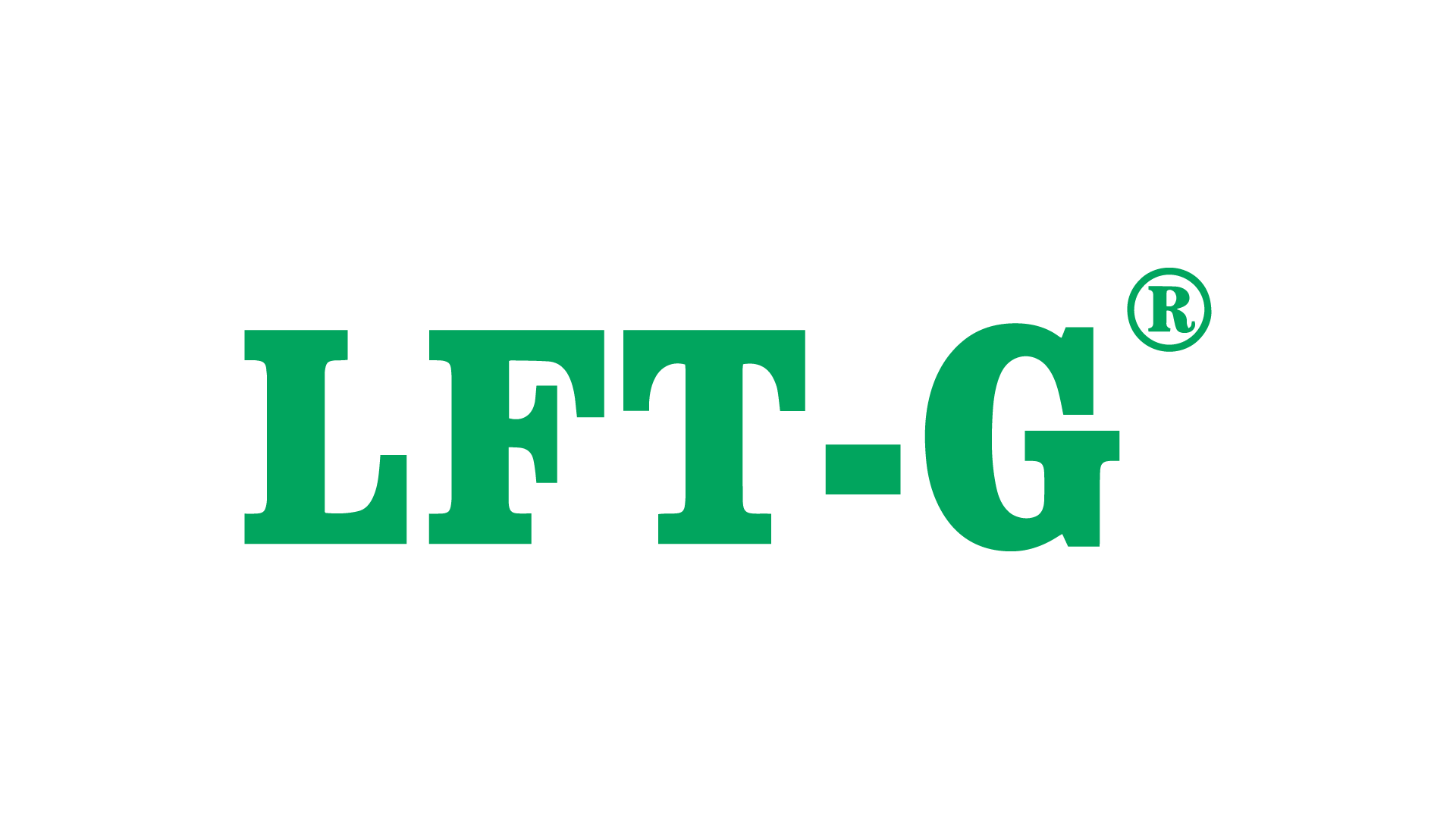item no.:
PA6-NA-LCFPayment:
Discussedproduct origin:
ChinaColor:
Natural color or Customizedshipping port:
XiamenLead Time:
2-10 working days

| Characteristic | Unit | Test Method | Property Value |
| Specific Gravity |
g/cm³ |
ASTM D-792 |
1.29 |
| Molding Shrinkage | % |
ASTM D-955 |
0.10-0.30 |
| Tensile Strength | MPa |
ISO:527 |
261 |
| Tensile Modulus | Mpa |
ISO:527 |
30693 |
| Tensile Elongation | % |
ISO:527 |
0.8-1.7 |
| Flexural Strength | MPa |
GB/T 9341 |
375 |
| Flexural Modulus | MPa |
GB/T 9341 |
20556 |
| Notched Izod Impact |
KJ/m2 |
ISO:180 |
28 |
| Notched Charpy Impact |
KJ/m2 |
ISO:179 |
26 |
| Deflection Temperature |
°C |
ISO 75-2 |
208 |
For reference only
Overview
Long Carbon Fiber Reinforced Polyamide 6 (LCF-PA6) is a high-performance composite material made from long carbon fibers and Polyamide 6 (PA6) matrix. It combines the high strength of carbon fibers with the excellent properties of PA6, and is widely used across various industrial sectors. Here is a detailed introduction from multiple perspectives:
1. Material Composition and Structure
- Long Carbon Fibers:
Long carbon fibers are high-strength, high-modulus materials, typically made from polyacrylonitrile (PAN) fibers that are carbonized at high temperatures. They primarily serve as reinforcements in composites, enhancing the strength and rigidity of the material.
- Polyamide 6 (PA6):
PA6 is a commonly used engineering plastic known for its excellent mechanical properties, abrasion resistance, and chemical resistance. As the matrix material in the composite, PA6 binds the carbon fibers together and provides toughness and impact resistance.
2. Key Properties
- High Strength and Rigidity:
The addition of carbon fibers significantly increases the tensile strength and rigidity of PA6, allowing it to withstand higher mechanical stresses.
- Lightweight:
Compared to traditional metal materials, LCF-PA6 has a lower density, offering solutions for weight reduction, particularly in automotive and aerospace applications.
- Thermal Resistance:
PA6 itself has good thermal stability, and the addition of long carbon fibers further enhances the material’s resistance to high temperatures, maintaining performance in elevated temperature environments.
- Abrasion and Chemical Resistance:
LCF-PA6 exhibits excellent abrasion resistance and chemical corrosion resistance, making it suitable for use in harsh industrial environments.
3. Processing and Manufacturing
- Injection Molding:
LCF-PA6 can be manufactured into complex components through injection molding, making it suitable for mass production. This flexibility in processing allows it to be used across a wide range of industrial applications.
- Compression Molding:
In some applications, compression molding can further improve the material’s mechanical properties and produce parts with a higher fiber content.
- 3D Printing:
With advancements in additive manufacturing, LCF-PA6 is also being used in 3D printing, particularly for producing structural parts that require high strength and thermal resistance.
4. Applications
- Automotive Industry:
In automotive manufacturing, LCF-PA6 is used to produce lightweight structural components such as dashboard supports, engine covers, and door frames. This weight reduction helps decrease vehicle fuel consumption and CO2 emissions.
- Aerospace:
In aerospace, the material’s lightweight and high-strength characteristics make it ideal for manufacturing internal components and structural parts of aircraft, improving flight performance and fuel efficiency.
- Consumer Electronics: LCF-PA6 is also used in the production of high-strength, lightweight electronic product housings, such as laptops and smartphones, providing better impact resistance and structural stability.
- Industrial Machinery: The material is used in industrial machinery for manufacturing gears, bearings, pump housings, and other critical components, extending equipment lifespan and reducing maintenance costs.
5. Sustainability
- Material Recycling and Reuse:
With increasing focus on sustainability, recycling and reusing LCF-PA6 is becoming more prominent. Recycling production waste helps reduce resource waste and environmental impact.
- Reducing Carbon Footprint: Due to its lightweight characteristics, products made from LCF-PA6 can reduce fuel consumption, indirectly lowering carbon emissions.
6. Market Trends and Challenges
- Market Demand Growth: As industries such as automotive and aerospace demand lightweight, high-performance materials, the market potential for LCF-PA6 is expanding.
- Cost and Supply Chain Challenges: However, the high production cost of carbon fibers and the complexity of the supply chain pose challenges. Continued advancements in technology and manufacturing processes are expected to gradually reduce these costs.
7. Future Development Trends
- Functionalization: Future developments in LCF-PA6 will focus on functionalization, such as self-healing materials and smart materials, to meet higher application demands.
- Expansion of Applications: Beyond traditional automotive and aerospace sectors, LCF-PA6 is expected to find applications in emerging fields like construction, medical devices, and renewable energy.
Long Carbon Fiber Reinforced Polyamide 6 is a highly promising composite material with expanding applications and technologies, poised to play a crucial role in various industries in the future.